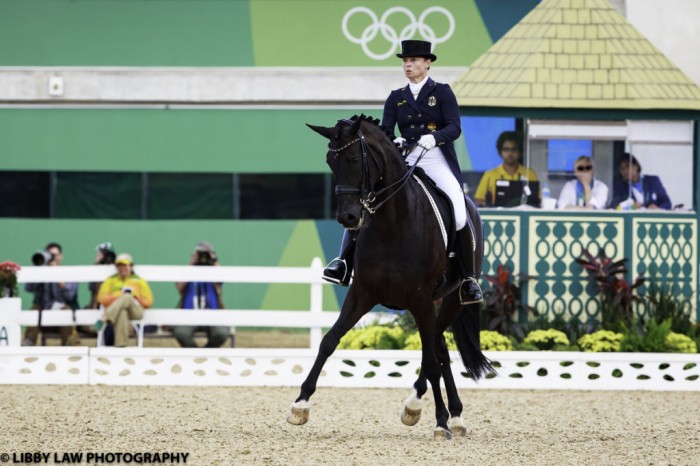
Genetic parameters for performance of German riding horses
In 2001 genetic evaluation for riding horses has been introduced in Germany to provide estimated breeding values. These breeding values consider all available information on performance and are used to select horses for breeding.
To obtain estimated breeding values, information from mare and stallion performance tests, young horse competitions and dressage and show jumping competitions are usually combined. The main breeding objective for a sport horse is talent and motivation to reach a high performance level. However, these factors are often influenced by the quality of the match of horse and rider and subjectiveness in scoring at competitions. The aim of the study was to optimize the model for the highest performance in dressage and show jumping competitions, to be able to use this in genetic evaluation of German riding horses.
Genetic parameters were estimated using 4.582.191 observations from 221.132 horses in dressage and 9.997.439 observations from 253.945 horses in show jumping recorded between 1995 and 2014 in Germany. Next to the genetic effect, the following effects were analysed: gender, age at the highest performance or maximum age in the competition data, birth year, and year of the highest performance.
The results show moderate heritabilities for dressage and show jumping. Estimated breeding values for the highest level achieved in dressage and show jumping competitions appear to be important indicators to increase genetic progress for competition related breeding goals of German riding horses.
Expert opinion by Anouk van Breukelen
By including highest level achieved in dressage and show jumping competitions it is attempted to minimalize the rider effect. However, this is difficult to evaluate.
> From: Welker et al., Livestock Science 212 (2018) 93-98. All rights reserved to Elsevier B.V.. Click here for the online summary.


